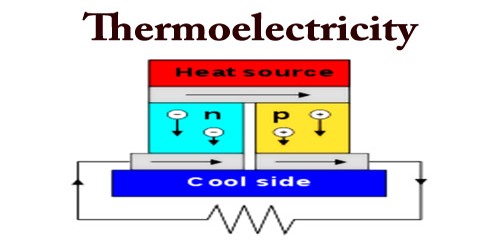A team of researchers from ICFO and Aalto University have discovered magnetic signals undetected by any other sensor technology using atoms only a few billionths of a degree above absolute zero.
Magnetometers are devices that measure the direction, strength, or relative changes of magnetic fields at a certain location and time. Magnetometers are used in a variety of scientific fields and can enable doctors glimpse the brain through medical imaging or archaeologists find hidden treasures without excavating the ground.
Some magnetic fields of considerable importance, such as those produced by the brain, are exceedingly faint, a billion times weaker than the Earth’s field, necessitating the use of extremely sensitive magnetometers to detect them.
For this goal, a variety of exotic technologies have been developed, including superconducting devices and laser-probed atomic vapors. Magnetic sensors have even been developed from the imperfections that give some diamonds their hue.
However, until today, the sensitivity of all of these technologies has remained constant, implying that some magnetic signals were simply too faint to be detected.
The energy resolution per bandwidth, abbreviated ER, is a number that combines the spatial resolution, measurement length, and the size of the detected region to characterize this constraint in physics.
Since then, no sensor has been able to beat the level ER = ħ (ħ, pronounced “h bar,” is the fundamental Planck’s constant, also known as the quantum of action).
Surpassing the energy resolution limit
In a paper published in PNAS, ICFO researchers Silvana Palacios, Pau Gómez, Simon Coop, and Chiara Mazzinghi, coordinated by ICREA Prof. Morgan Mitchell, report a revolutionary magnetometer that, for the first time, achieves an energy resolution per energy bandwidth that exceeds this limit.
To make this unusual sensor, the researchers used a single-domain Bose-Einstein condensate. Rubidium atoms were used to make this condensate, which was chilled to nano-Kelvin temperatures by evaporative cooling in a near-perfect vacuum and held against gravity by an optical trap.
The atoms produce a magnetic superfluid at these ultralow temperatures, which responds to magnetic fields like a regular compass needle but can reposition itself with no friction or viscosity.
As a result, even a very little magnetic field can cause the condensate to reorient, allowing the miniscule field to be detected. The researchers demonstrated that their Bose condensate magnetometer has a 17-fold higher energy resolution per bandwidth of ER= 0.075 ħ than any previous technology.
A qualitative advantage
These findings show that the team’s sensor is capable of detecting previously undetected fields. A better reading approach or the use of Bose-Einstein condensates made of different atoms could boost this sensitivity even more.
The Bose-Einstein condensate magnetometer could be directly useful in understanding material properties and searching for the Universe’s dark matter.
Most importantly, the discovery demonstrates that is not an insurmountable barrier, opening the way for other extremely sensitive magnetometers in a variety of applications. The detection of extremely weak, transient, and localized magnetic fields could enable the investigation of new aspects of brain activity, which is exciting for neuroscience and biomedicine.















